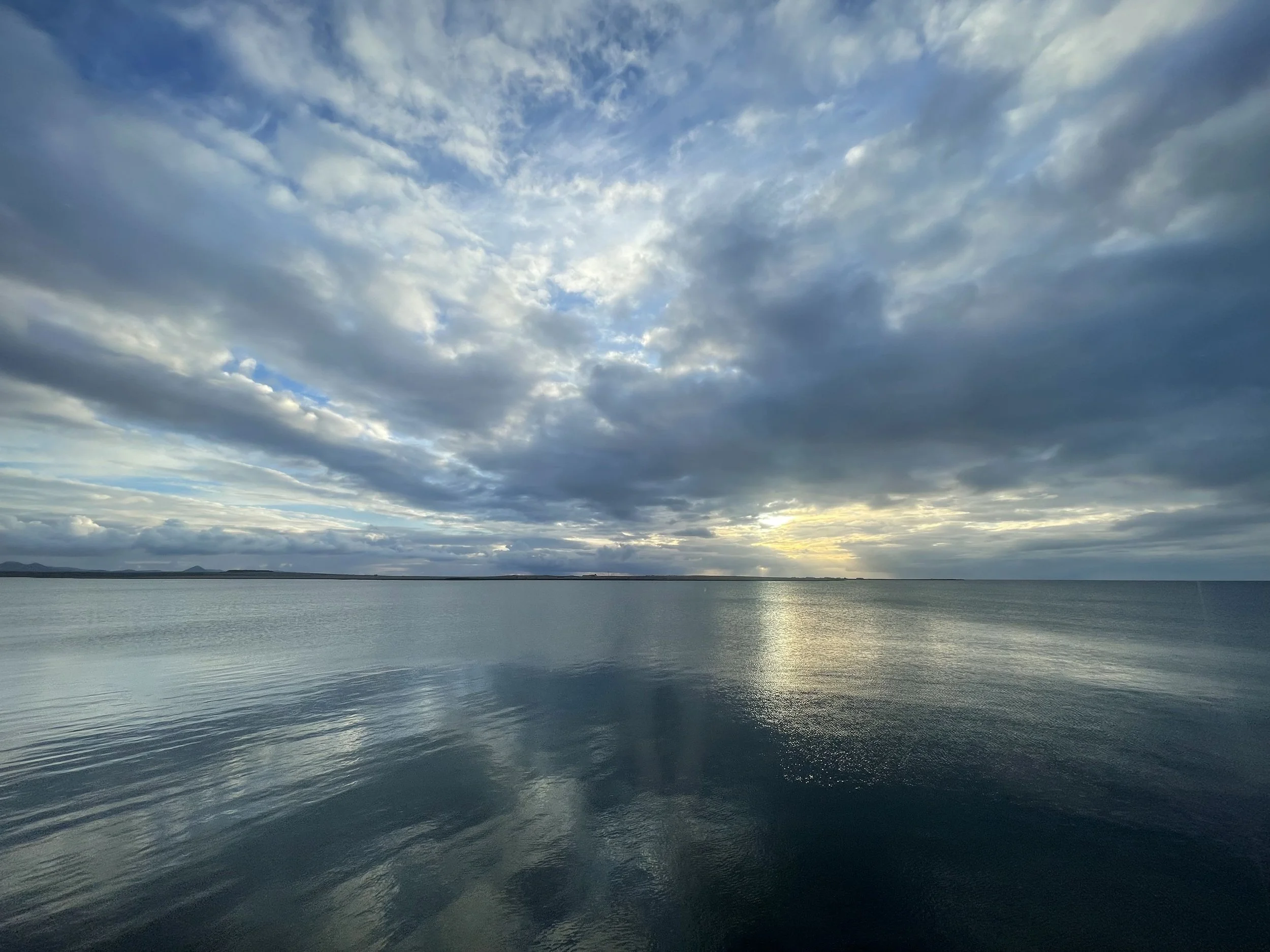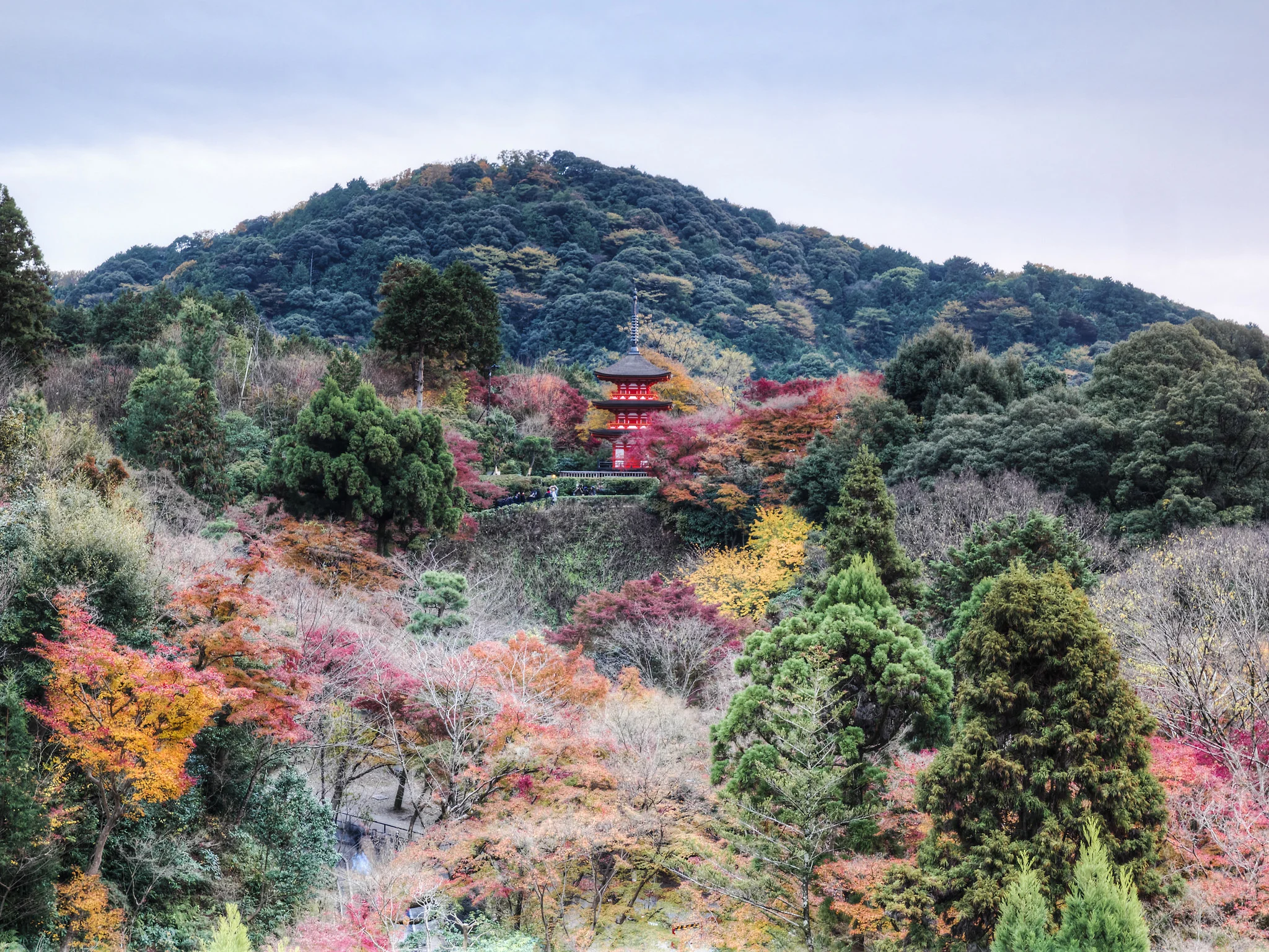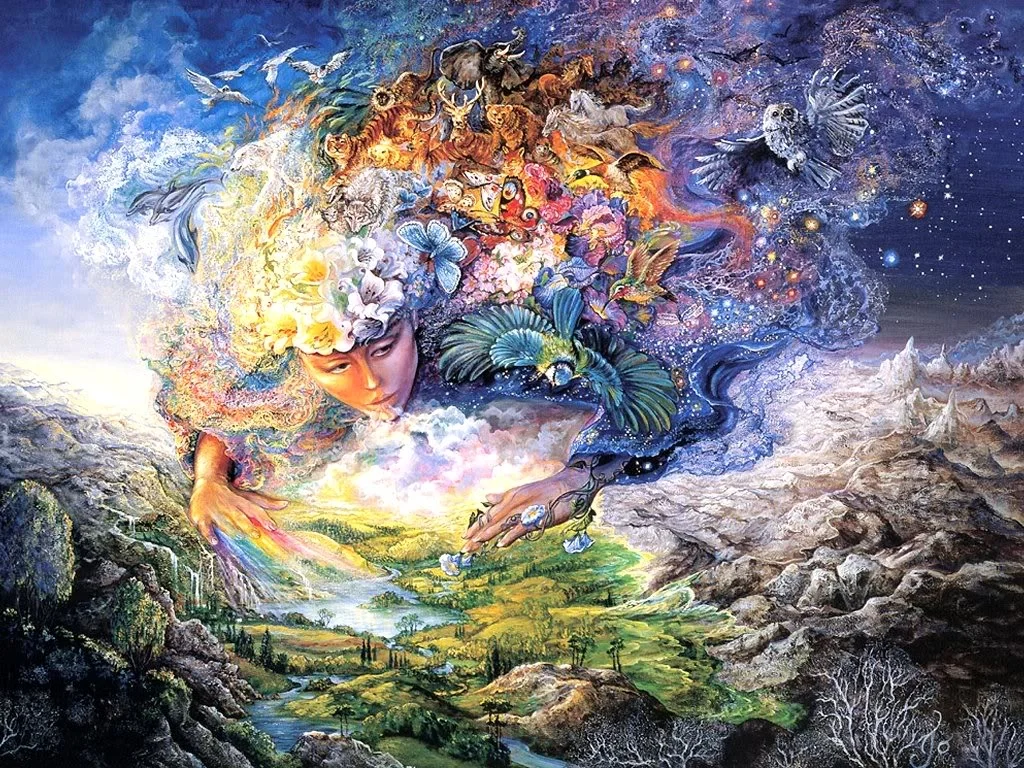For at least 12,000 years, since the end of the ice ages, humanity has been on a journey of separation – pulling back from nature and becoming ever more differentiated, individuated, and empowered. In recent decades, we have become so dominant as a species that we are producing Earth-changing trends – global warming, species extinction, unsustainable population, massive famines, waves of migration, and more – that threaten humanity’s future.
Spiritual Exploring with Kids
by Vicki Garlock
Kids love to explore. And a quick look at any summer camp guide will support that claim. Last summer, kids in our area could attend Camp Explorer, Camp Eco-Explorer, Camp Adventure, Camp Discovery, Camp Run Wild, Camp Invention, or Nature Adventures, to name just a few!
While We Still Can
by Paul Chaffee, Editor
The decision to devote the September TIO to eco-justice came months before Harvey, Irma, and Jose ravaged the Caribbean, Texas, Florida, and eastern Mexico with torrential wind and water, before all-time heat records in the West sparked hundreds of fires...
Ecology of Our Minds
by Nimai Agarwal
When I was eight years old, my parents used to take me to the National Mall in Washington, D.C. We would go every week of the summer, spread out a blanket on the grass, and enact a tradition central to our monotheistic branch of Hinduism: singing devotional songs to passersby, often accompanied by a harmonium and brass hand symbols.
Caring for Creation (for Kids)
by Vicki Garlock
Once creation, in all its splendor, has been spoken, dreamed, resurrected, danced, and cracked open into existence, we can turn out attention toward creation care. Since all the major faith traditions emergbed when people lived in harmony with the land, stories highlighting our connection with nature are readily found in the sacred texts and narratives of the world’s religions.
A Plea for the Sake of Us All
from Voices for a World Free from Nuclear Weapons
This summer, two events of nuclear significance happened. First, North Korea successfully launched an intercontinental ballistic missile that demonstrated greater reach and sophistication, signaling that, soon, it will have the capacity to drop nuclear weapons on the United States, Japan, South Korea, China and Russia. Second, at the United Nations, 122 nations of the world voted “never under any circumstances to develop, test, produce, manufacture, otherwise acquire, possess or stockpile nuclear weapons or other nuclear explosive devises.”
Where's the Moral Outrage?
by Katherine Marshall
“Where is the moral outrage?” A questioner at a recent Washington event demanded some explanation for the seeming indifference in the United States to hunger that affects tens of millions of people in Africa and the Middle East. Is it lack of knowledge? Citizens numbed by an unending deluge of horrifying news? A hardening of spirit accompanying Americans’ turning inwards?
Acts of Mercy and Saving the Environment
by James Kurzynski
On September 1, 2016, Pope Francis introduced two new works of mercy pertaining to the environment...Why did Pope Francis add these works of mercy? What does this mean for the Church? In answering these, it is important to reflect on why popes make these kinds of changes in the first place.
Eco-Dharma: Awakening to the Environmental Crisis
by David Loy
Interest in eco-dharma — the ecological implications of Buddhist teachings — is growing after years of apparent indifference and little conversation about it in Buddhist sanghas (communities). The environmental crisis has been in and out of headline news since at least 1992, when the first President Bush attended the Earth Summit in Rio de Janeiro
Teilhard de Chardin – Envisioning a Unitive Evolution
by Marcus Braybrooke
Pierre Teilhard de Chardin (1881-55), a distinguished paleontologist, theologian, and visionary, held a unitive vision that covered a wide canvas. He tried through his writings to bring the worlds of science and religion together, believing their combined insights held the key to creating a greater sense of global community.
John B. Cobb Jr. – Environmental “Evangelist”
by Ruth Broyde Sharone
No ivory tower has ever been able to contain Dr. John B. Cobb, Jr. Even at 92, the premier “eco-theologian” of our times is a man on a mission. He urgently wants to convert us. But not in the conventional sense. He wants us all – regardless of our religious orientation, our racial, national, and cultural origins – to “evangelize” for an “ecological civilization”
Seizing an Alternative
by Philip Clayton
This is the story of the interfaith movement and climate change. It is also the story of a scholar of science and religion who gradually realizes that global climate change is the most urgent threat that humanity faces.Rampant poverty, social inequalities, the unjust treatment of the global South, each of these is magnified ten or a hundred fold by climate disruption.
Interfaith Collaboration in the Wake of Global Climate Change
by Justin Catanoso
On May 24, 2017 a grim-faced Pope Francis handed a signed copy of Laudato Si to President Trump during his visit to Rome. The U.S. president, who has called climate change “a hoax,” promised to read the papal encyclical, a spiritual and secular plea to save the Earth from environmental destruction. A week later, Trump announced plans to pull the United States out of the 2015 Paris Agreement
Daring to Dream: Religion and the Future of the Earth
by Mary Evelyn Tucker and John Grim
There is a dawning realization from many quarters that the changes humans are making on the planet are comparable to the changes of a major geological era. The scientific evidence says we are damaging life systems on Earth and causing species extinction at such a rate as to bring about the end of our current period, the Cenozoic era, and ushering in the Anthropocene.
Sri Aurobindo: Proposing an Integral Evolution
by Marcus Braybrooke
During times of violence and war, it can seem like humanity is on a downward slide. And yet there are those who look past the present state and envision something greater emerging. Such is the case with Sri Aurobindo (1872-1950).
Involving Creation in the Creation (for kids)
by Vicki Garlock
While numerous creation stories center on how the entire world came to be, others focus on particular aspects of creation. Many stories center on celestial features. How did we get night and day? Why are there clouds? Why is the appearance of the moon constantly changing? Why does the sun appear to move across the heavens?
Teenagers for a More Tolerant Future
by Ryan Polsky
“World Religions” is being taken to a whole new level in high schools across the country. Young interfaith activists are bringing it beyond the classroom to engage not only mind, but heart as well. These young grassroots activists are inspiring their peers to learn about different religions through clubs that promote dialogue and service.
Choosing Friendship
by Patrick McInerney
“It was the best of times, it was the worst of times, it was the age of wisdom, it was the age of foolishness, it was the epoch of belief, it was the epoch of incredulity, it was the season of Light, it was the season of Darkness, it was the spring of hope, it was the winter of despair.” These opening lines from Charles Dickens’ A Tale of Two Cities could equally describe our times.
Rabbi David Rosen: Building Global Interfaith Communities
by Ruth Broyde Sharone
Tension can be at a rolling boil during interfaith encounters, but Rabbi David Rosen, a modern Orthodox Rabbi, born and educated in England, who lives with his family in Israel, has never been intimidated by the heat.
Beyond the Words on a Page
by Megan Weiss
Very few religious, much less interfaith news publications have a related social arm, an active presence in the community they address. But Spokane Faith and Values (SpokaneFāVS), a small digital interfaith news platform in Spokane, Washington is proving it can happen.

























